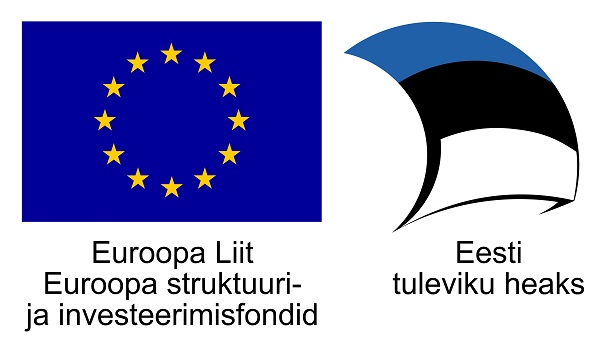How to embrace sustainability in textile sector?

Starting next year, all European Union countries must begin separate collection of textile waste. The Estonian Academy of Arts (EKA) and Loov Eesti are partners in the SiT Sustainability in TCLF project, which focuses on making the textile, clothing, leather, and footwear (TCLF) sectors more sustainable. This initiative supports innovations in higher and vocational education within the textile sector and seeks solutions to address this pressing issue.To stay relevant and competitive, many fashion brands are overhauling their practices and embracing sustainability.
Here are several ways in which brands are adapting to eco-friendly trends:
Sustainable materials: Brands are increasingly using eco-friendly materials such as organic cotton, recycled polyester which have a lower environmental impact compared to conventional fabrics. These materials often require less water, fewer chemicals, and generate less waste.
Circulat Fashion: The circular fashion promotes designing clothes with their end-of-life in mind, encouraging recycling and upcycling. Brands are creating products that can be easily disassembled and recycled or repurposed, reducing the need for virgin materials and minimizing waste.
Ethical Production: Ensuring fair labor practices and safe working conditions brands are increasingly transparent about their supply chains, partnering with ethical manufacturers, and obtaining certifications like Fair Trade to assure consumers of their commitment to social responsibility.
Innovative Technologies: Technological advancements are playing a significant role: from waterless dyeing techniques to 3D printing of garments, innovation is helping reduce the environmental footprint of clothing production.
Sustainable Packaging: Many brands are reducing their use of plastic and opting for biodegradable or recyclable packaging materials. This move reduces waste but also aligns with the overall eco-friendly ethos that consumers are looking for.
Second-hand and rental models: Extending the life of garments helps reduce the demand for new clothing and lower the overall environmental impact.
Consumer education: Brands are also investing in educating their consumers about sustainability. By providing information on how to care for garments to extend their life and encouraging responsible disposal.
SiT Project partners are cooperating to empowering organizations and individuals to take action towards sustainability.





